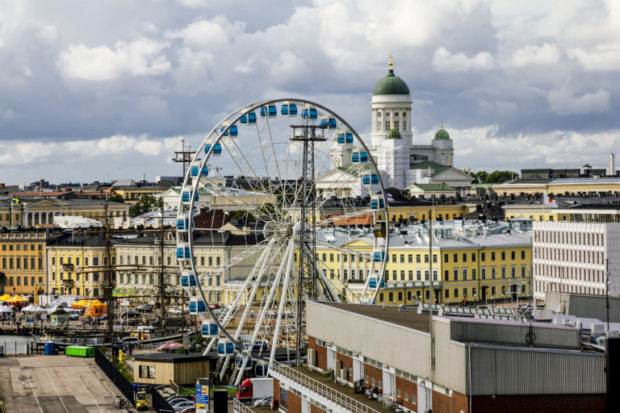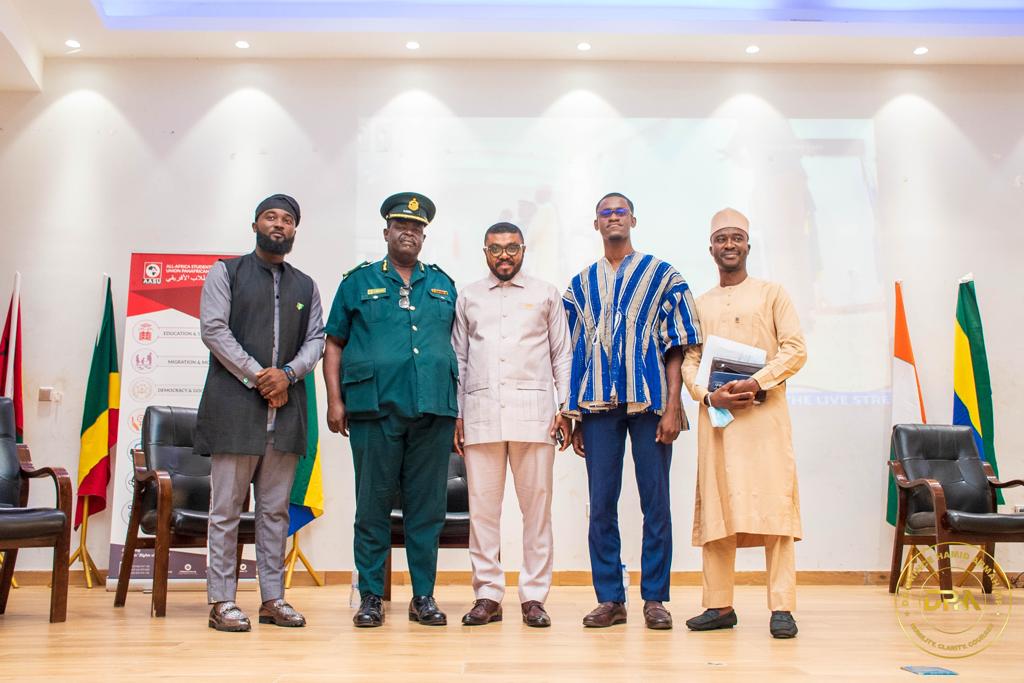Helsinki, Finland. (Photo by Toshket/Istock.com via Agence France-Presse)
(First of two parts)
HELSINKI – Finland’s education system is highly regarded around the world as it consistently ranks among the top countries in the Program for International Student Assessment (Pisa) and other third-party international studies.
As the Ministry of Education considers the full reopening of schools in November and tackles the current learning crisis exacerbated by the pandemic, what can the Philippines learn from the Finnish education model?
Anita Lehikoinen, permanent secretary at the Ministry of Education and Culture, said the children are “focusing on learning, not flying”, so no standardized national tests are administered.
“We do not have ranking lists of schools or higher education institutions and we have made [it a] point in the policy that every school is the best possible school for all children in their community,” Lehikoinen told foreign media who visited the country at the invitation of the Finnish Foreign Ministry.
After the Second World War, the country was among the poorest in Europe, which prompted its government to invest heavily in education, so that “we can find a good level of employment and industrialize the country”, said she declared.
Learn through play
Education in Finland is free at all levels, from pre-primary to higher education.
At the pre-primary and basic education levels, even daily meals are provided and transport to pupils who live far away.
“The equality of chances [for] all of that means you have to invest in public funds so that it’s not down to families and their ability to pay for education,” Lehikoinen said.
The typical age to start full school education (grades 1-9) is 7, which Lehikoinen says is very late compared to other countries.
“But it has to do with the idea that we believe very much in scientific evidence that children learn by doing and playing,” she said.
Students can choose to continue their upper secondary education (grades 10 to 12) by choosing either general education or vocational education.
The 12th year ends with a national baccalaureate examination which includes four compulsory tests: the mother tongue and, according to the pupil’s choice, three of the following: second national language, a foreign language, mathematics or a subject of general studies such as humanities and natural sciences.
Finnish schools are autonomous. They are not micro-managed by a centralized authority because of the “high level of trust” between national and local officials – who decide on funding, programs and staff recruitment.
Highly qualified teachers
Lehikoinen said the high level of teacher training is necessary because it is up to them to determine their own teaching methods as well as the textbooks and materials to be used.
Erja Schunk, senior lecturer and coordinator for international relations at the Viikki teacher training school at the University of Helsinki, said that since they are not controlled by their superiors, teachers are spared from tasks such as paperwork, a problem that haunts their Filipino counterparts.
“I don’t have to show my lesson plans or my materials to anyone. My boss never comes to my class to see what I’m doing [because] there is a lot of confidence,” Schunk said.
(To be continued)
RELATED STORIES
Bongbong Marcos: Poor teaching materials must stop
Educational shows produced by UP will have their own TV channel
Face-to-face classes are back, but can they reduce PH learning poverty by 91%?
Read more
Subscribe to INQUIRER PLUS to access The Philippine Daily Inquirer and over 70 titles, share up to 5 gadgets, listen to the news, download as early as 4am and share articles on social media. Call 896 6000.





